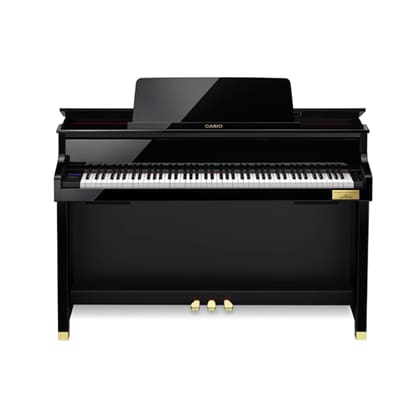"Biodiversity" designer case

Stefana Argirova
Topic: Biodiversity
Question 1: Tell us a bit about yourself
S. Argirova: I am a graphic designer and illustrator. My work is mainly inspired by nature, music and the imagination of my five-year-old son. I am fascinated by the magical world of children's books, by the tender wisdom and enormous beauty they bring to our children's world.

Question 2: What did you focus on or draw inspiration from when you created this design for CASIO? (Tell us a bit about your artistic process).
S. Argirova: My biggest source of inspiration in creating this design was nature: its fundamental processes, its deep and complex relationships. I believe that we as a society have a responsibility to find better ways to protect these aspects of nature, because the future of our planet depends on us more than ever. Our existing achievements in technology and science can be used to protect our remaining biodiversity, and our scientists can continue their efforts to find better solutions for both human society and the other living organisms on the planet.
Question 3: Through this campaign, CASIO seeks to inspire students' understanding of science, technology, engineering, art and mathematics, as well as their passion for these subjects.
Knowing that thousands of students will see your artwork, is there a particular story (personal or otherwise) that you want to share with them?
Is there a STEM topic that you yourself are passionate about? (STEM = science, technology, engineering and mathematics, also known as MINT in German.)
S. Argirova: I believe that STEM education is a great way to spark children's curiosity about the world by helping them learn in a more understandable, easy and enjoyable way. For me, as a mathematics graduate and a lover of the visual arts, it is quite clear that there is art in mathematics and sometimes perfect logic and science in art. I first stumbled upon the connection between art, mathematics and physics when I took drawing classes in high school. To learn to draw in perfect perspective, you have to use the knowledge of how distance changes the appearance of objects. That's physics. A typical multidisciplinary phenomenon is the golden ratio, which is an important aesthetic principle in art. Artists often take it into account when designing the composition of their artwork. It is also considered important in architecture and mathematics. And it can even be seen in botany, too. It's fascinating to explore the connection between art and science, since it's a way to better understand both topics, as well as the world in general.
















































